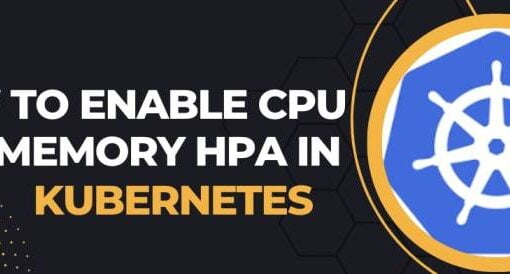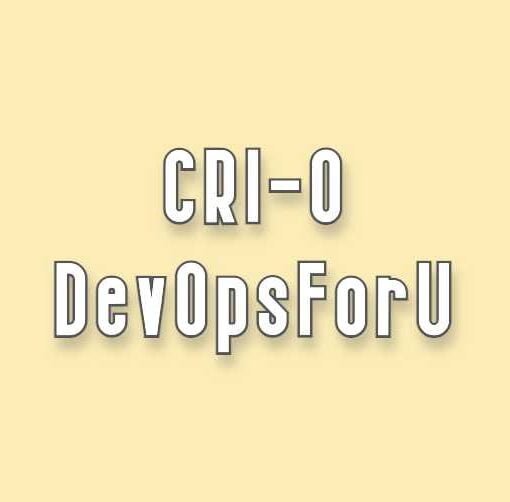
Kubernetes is an open-source platform for managing containerized applications. One of the key features of Kubernetes is its ability to automatically restart pods, which are the smallest deployable units in a Kubernetes cluster.
- There are several reasons why a pod may be restarted. One common reason is that a container within the pod has crashed or exited with a non-zero status code. Kubernetes will automatically detect this and attempt to restart the container to ensure that the application continues to run.
- Another reason for a pod restart is a change in the pod’s configuration. For example, if a new image is deployed or a new environment variable is added, Kubernetes will automatically update the pod to reflect these changes.
- Resource constraints: If a pod is using more resources than it is allotted, Kubernetes may automatically restart the pod to ensure that other pods in the cluster have enough resources.
- Liveness and readiness probes: Kubernetes allows you to configure liveness and readiness probes for your pods. These are checks that are performed to ensure that the pod is healthy and ready to serve traffic. If a probe fails, Kubernetes may automatically restart the pod to try and resolve the issue.
Additionally, pods can be manually restarted through the Kubernetes API or command-line interface. This can be useful for performing updates or troubleshooting issues with a pod.
When a pod is restarted, Kubernetes will create a new pod and destroy the old one. This ensures that any changes to the pod’s configuration are applied and that the pod is running the latest version of the application.
It is important to note that when a pod is restarted, it may experience a brief period of downtime as the new pod is being created and the old one is being destroyed. However, Kubernetes will typically minimize this downtime by creating a new pod before destroying the old one.
Overall, the ability to automatically restart pods is one of the key features of Kubernetes that allows for the seamless deployment and management of containerized applications. It ensures that applications are always running and available to users, and allows for easy updates and troubleshooting.
Also Check Out: How to Install Kubernetes?
This article is created based on experience but If you discover any corrections or enhancements, please write a comment in the comment section or email us at contribute@devopsforu.com. You can also reach out to us from Contact-Us Page.
Follow us on LinkedIn for updates!





